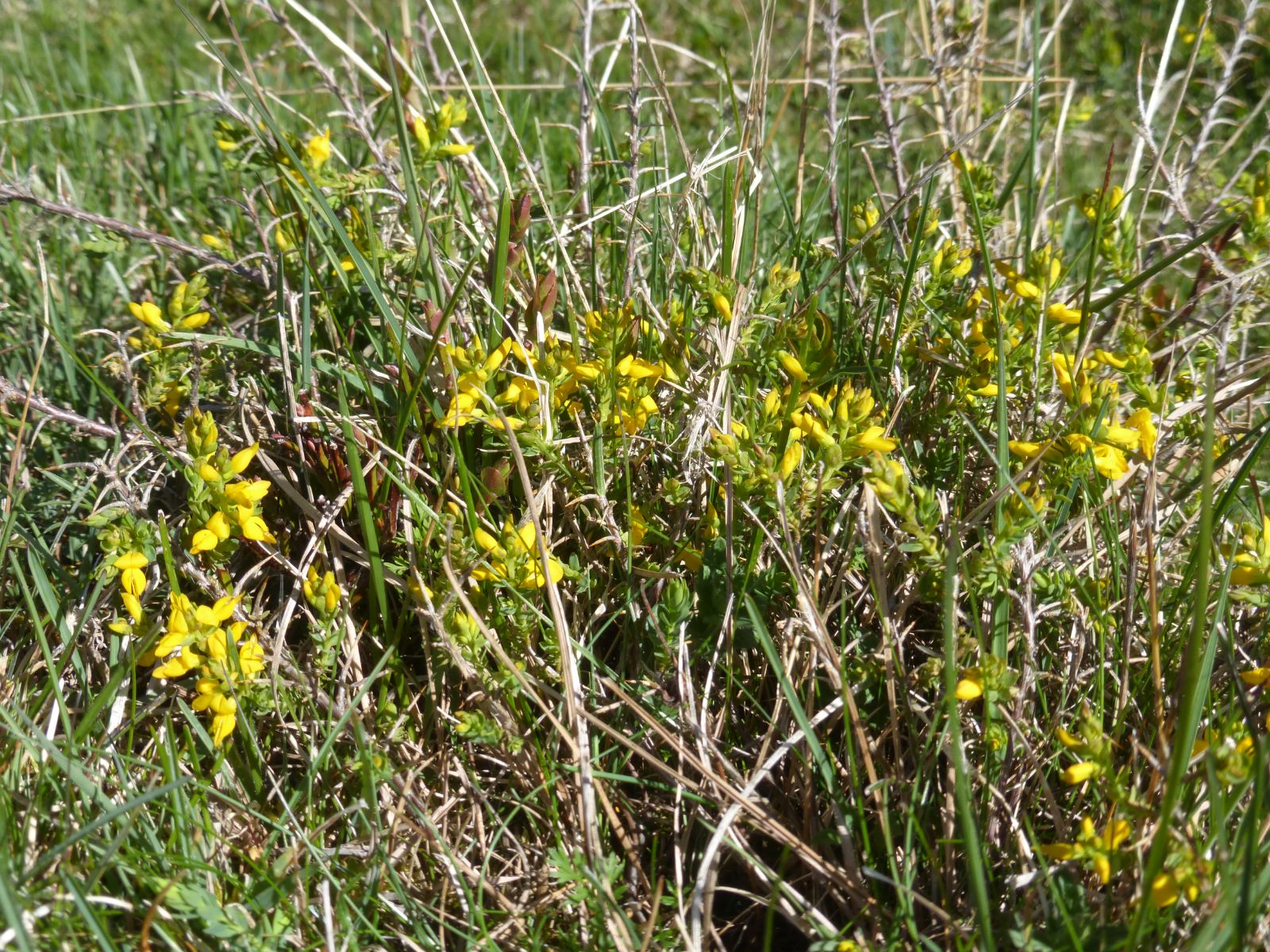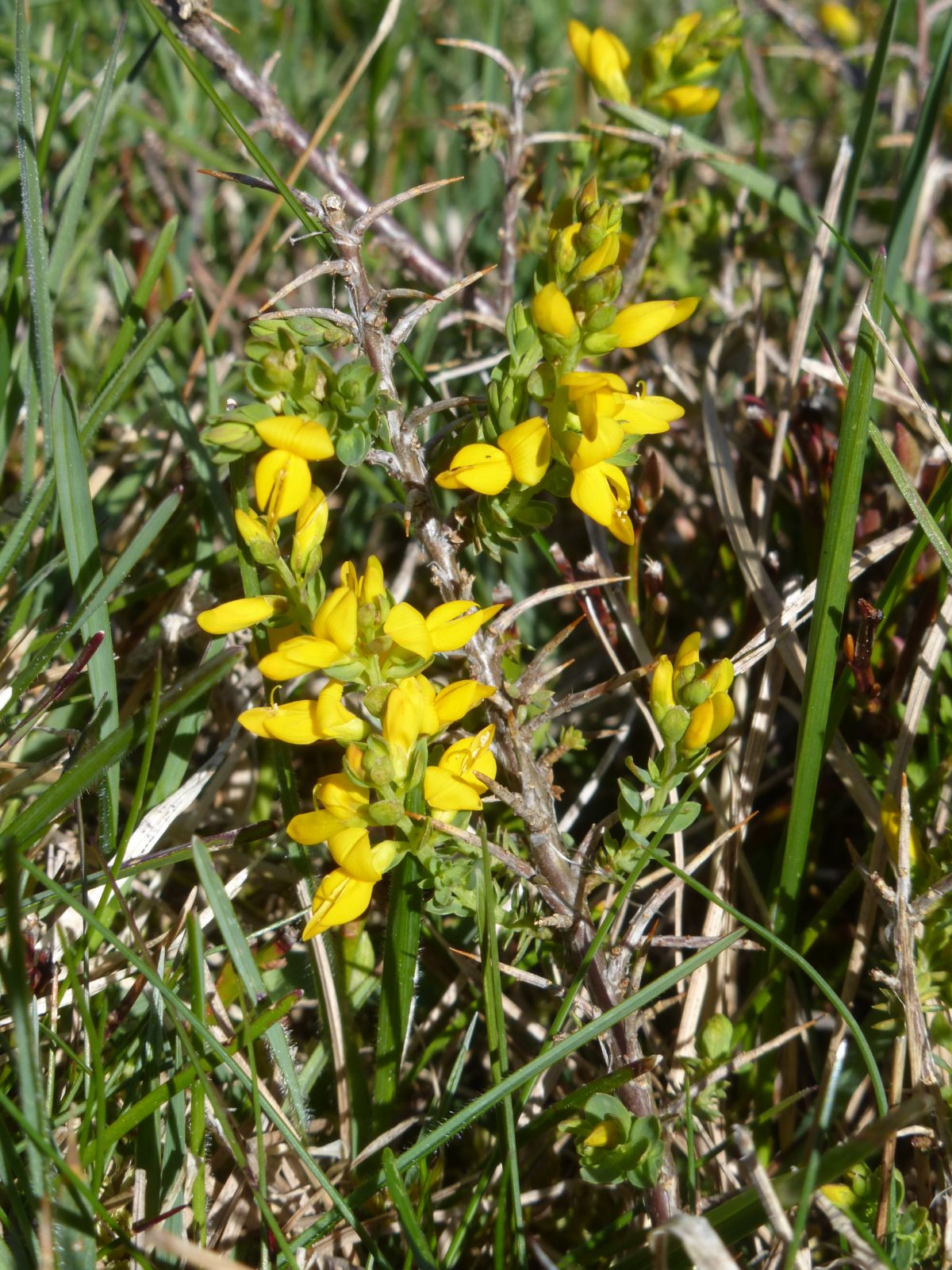Genista anglica
Credits
Article from Bean's Trees and Shrubs Hardy in the British Isles
Recommended citation
'Genista anglica' from the website Trees and Shrubs Online (treesandshrubsonline.
Genus
Common Names
- Needle Furze
- Petty Whin
Infraspecifics
Other taxa in genus
- Genista aetnensis
- Genista cinerea
- Genista delphinensis
- Genista ephedroides
- Genista falcata
- Genista florida
- Genista germanica
- Genista hispanica
- Genista horrida
- Genista januensis
- Genista lobelii
- Genista lydia
- Genista monosperma
- Genista nyssana
- Genista pilosa
- Genista 'Porlock'
- Genista radiata
- Genista sagittalis
- Genista scorpius
- Genista sericea
- Genista sphaerocarpa
- Genista sylvestris
- Genista tenera
- Genista tinctoria
- Genista villarsii
A deciduous, more or less prostrate shrub 1 to 2 ft high; branches slender, interlaced, downy or glabrous, very spiny; spines numerous 1⁄4 to 3⁄4 in. long. Leaves simple, glabrous, ovate-lanceolate, pointed, about 1⁄4 in. long. Flowers yellow, 1⁄2 in. long, crowded on short racemes terminating leafy twigs; bracts conspicuous; flower-stalks each with two bracteoles. Pods about 1⁄2 in. long, glabrous, inflated, obliquely narrowed at both ends.
Widely distributed over western Europe and frequent on moors and heaths in Great Britain, though uncommon in Scotland. Although pretty when in flower, it is not one of the most attractive of genistas. The spines are really modified branches, and may often be seen bearing leaves.
G. germanica (q.v.) is allied to this species, but is distinguished by the following characters: leaves hairy; bracts subtending the flower-stalks small and inconspicuous; flower-stalks without bracteoles.


